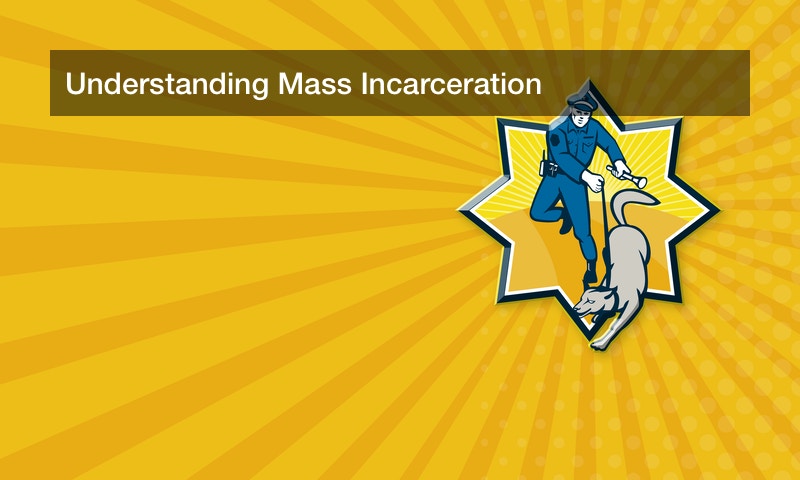Understanding Mass Incarceration


The U.S. incarcerates more people than any other nation in the world. America’s punitive approach to justice has had a disproportionate effect on communities of color and poor people.
Video Source
It hands out overly harsh sentencing guidelines, is often inflexible, and does not leave room for the repairing of harm brought on by a crime. This TEDx Talks video by Shannon Silva is a great summation of how America’s justice system leaves little room for closure for the repairing of harm in a community. A more fair, just, and rationale justice system can be built.

Here are just some strategies that would greatly reduce or eliminate U.S. mass incarceration.
Eliminate the Bail Bond System
Close to a half of a million people are in jail due to their inability to pay a bail bond. These people have not yet been sentenced and until they are charged and convicted for a crime, are innocent.

Bail bonds were originally used as an incentive for people to return to court for their trial, but now it is used to separate people who can pay for their freedom and people who cannot. Eliminating the bail bond system will help to end mass incarceration.
Restorative Justice
Restorative justice is another way the U.S. can help to reduce our prison rate by helping to break down both the literal and figurative walls between victims and perpetrators. For more information on this method, Shannon Silva’s TEDx Talks video is a great resource and serves as an inspiring story of how human connection can be used to restore community.
Give Judges Power Back
For many crimes, especially non-violent drug crimes or three-strike laws, judges are robbed of their ability to assess the context, nature, and background of a perpetrator when handing out a sentence. For a first-time offender who has been charged and convicted for certain drug crimes, a judge has no choice but to impose mandatory sentences, no matter the context surrounding the crime. Eliminating mandatory minimum sentencing and three-strike laws will help to eliminate mass incarceration.
No Prison for Non-violent and Lower Level Crimes
Housing a prisoner costs upwards of 31,000 dollars per prisoner, per year. For non-violent and petty crimes such as petty theft, drug possession, or the selling of marijuana, prison as a punishment should be eliminated. Not only are there cheaper and better alternatives to address the crime, it is also better for society as a whole.
These are just a very few of the ways in which the United States can end mass incarceration. What is clear is that something must be done and something new, fairer, and more just must be put in place.
.


